Think You Know Succulents? Sempervivum vs Sedum Will Surprise You
Are you a succulent lover always on the lookout to add new varieties to your collection? If so, you’ve probably encountered the sempervivum and sedum families and wondered what sets them apart. While they may seem similar at first glance, these two succulent cousins have some surprising differences that are worth exploring. Get ready to be amazed as we dive into the quirky world of sempervivums and sedums!
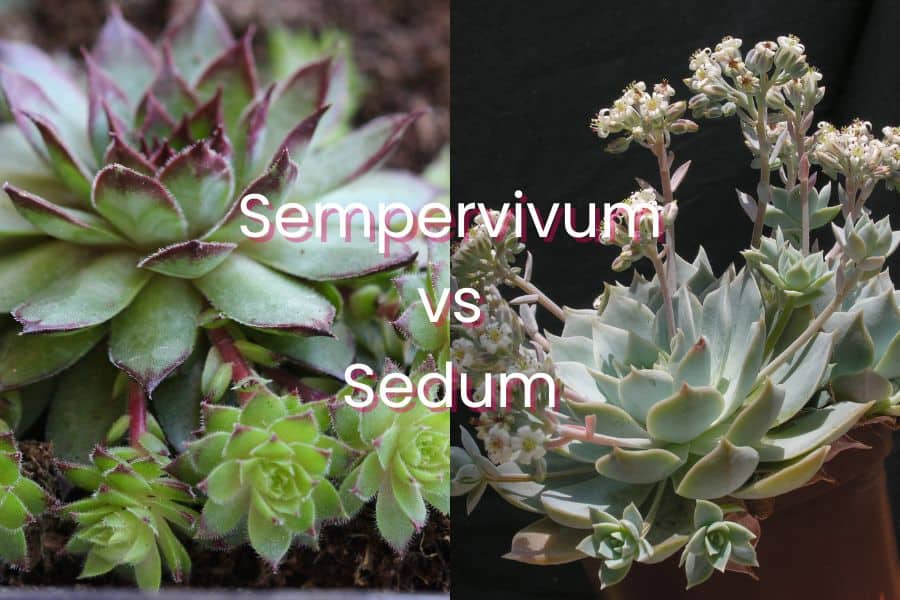
Contents
Rosette Marvels: The Sempervivum Family
Imagine a stunning rosette pattern that spirals outward, almost like a living piece of art. That’s the signature look of sempervivums, also known as “hens and chicks.” These hardy little succulents grow in tightly clustered rosettes, giving them a unique and eye-catching appearance.
Spreading Wonders: The Sedum Clan
On the other hand, sedums are the ultimate ground-covering champions. With their sprawling stems and succulent leaves in a rainbow of shapes and colors, they create a lush, carpet-like effect in any garden. And let’s not forget their delightful clusters of red, pink, or white flowers that bloom in late summer and fall.
Dive Deeper: Fascinating Differences
1. Growth Habits
While sempervivums spread by forming offsets or “chicks” around the main rosette, sedums are content to be space fillers, never invasive, but always adding a pop of color and texture to the landscape.
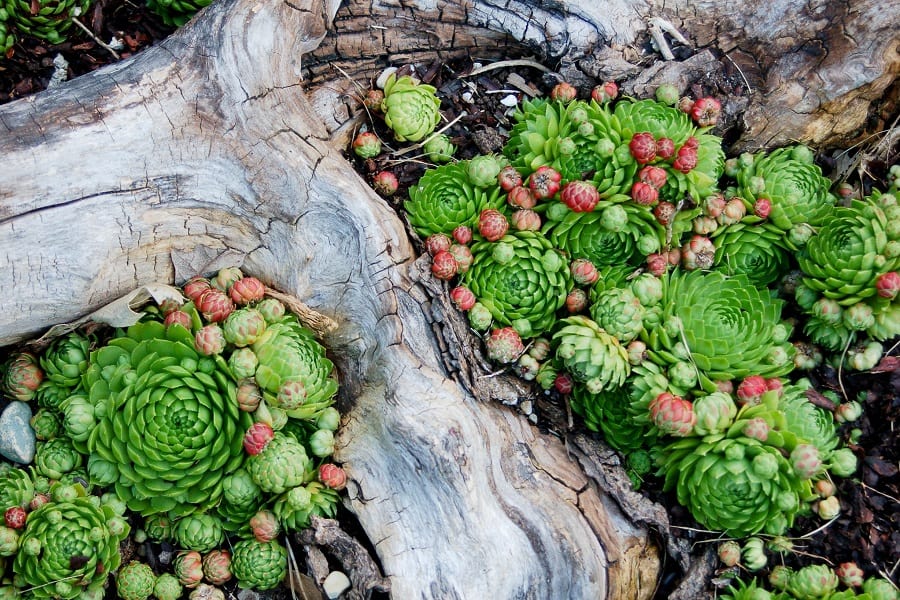
2. Appearance
Sempervivums embrace the spiral, with their rosette shapes and geometric patterns. Sedums, on the other hand, are more free-spirited, with their sprawling stems and diverse leaf shapes and colors.
3. Flowering Style
Sedum flowers resemble tiny broccoli florets, while sempervivum blooms start as clusters but eventually develop into large, flat, star-shaped beauties. And here’s a fun fact: sempervivums are monocarpic, meaning they die after producing seeds – but don’t worry, their offsets ensure the show goes on!
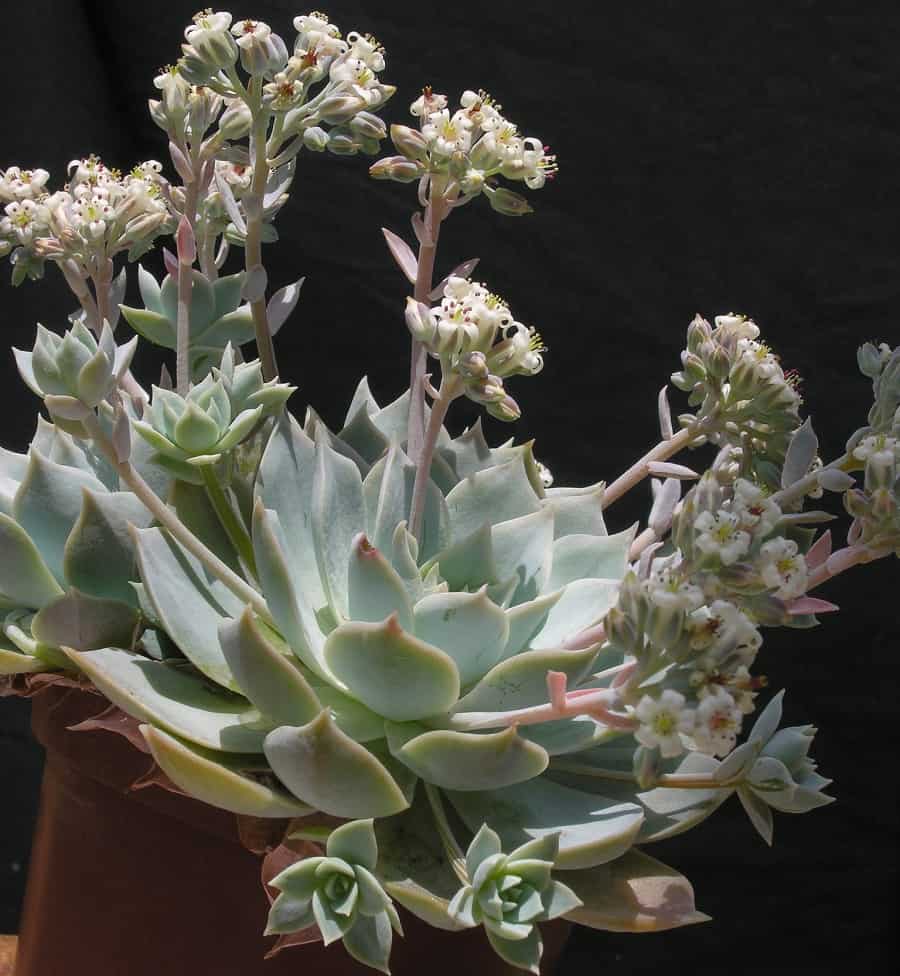
Despite their differences, sempervivums and sedums have a few things in common that make them perfect companions in any succulent garden.
1. Soil Savvy
Like most succulents, they both thrive in well-draining soil, preferably sandy or mixed with peat to improve drainage. A neutral soil pH between 6.6 and 7.5 is ideal.
2. Climate Champs
Whether you live in a region with harsh winters or scorching summers, these resilient plants can handle it all. They’re winter growers that can tolerate frost, and they’ll go semi-dormant during the hottest months, conserving their energy for the cooler seasons.
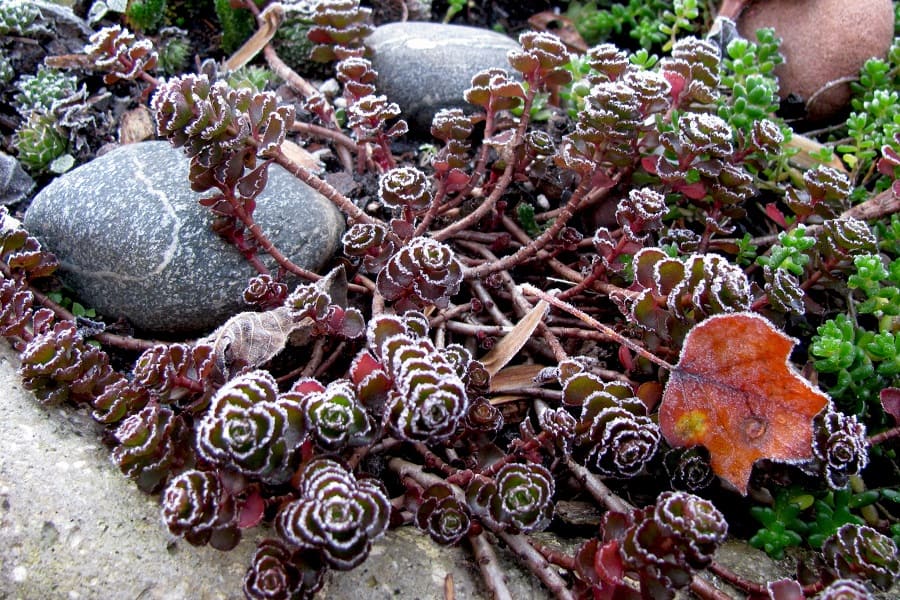
3. Growth Boosters
Full sun exposure and a little organic matter are all these low-maintenance beauties need to flourish. Adding a mineral mulch like pebbles or lava rock can also help retain moisture and promote healthy growth.
Related Posts:
Sempervivum vs Echeveria
Sempervivum vs Aeonium
Sempervivum vs Jovibarba
Sedum vs Echeveria
Sedum vs Kalanchoe
Sedum vs Crassula
Care and Cultivation: Sempervivum vs Sedum
While sempervivums and sedums share some basic care requirements, there are a few differences to keep in mind:
Sedum Care
- Plant in well-draining, gravelly, loamy, or sandy soil
- Provide at least 6 hours of direct sunlight
- No need for deadheading spent blooms
- Prune after flowering to promote bushier growth
- Water once a week to prevent drying out
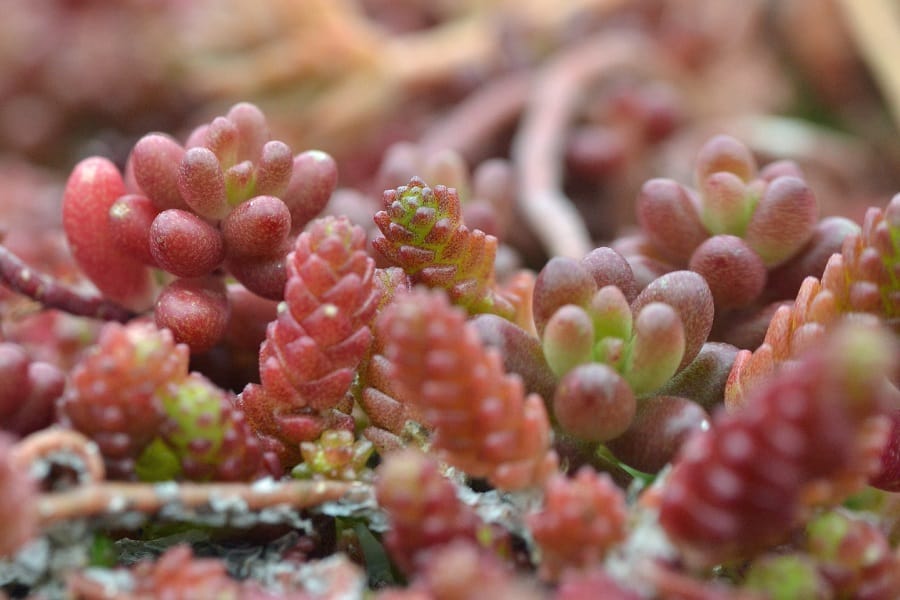
Related Post:
130+ Attractive Sedum Varieties [With Pictures]
Sempervivum Care
- Use well-draining compost with 25-50% grit
- Can be grown in the ground, rock piles, or wood
- Most varieties are frost-hardy, but protect tender ones indoors in winter
- Remove spent rosettes after flowering, and offsets will fill the space
- Propagate offsets for even more sempervivum splendor!
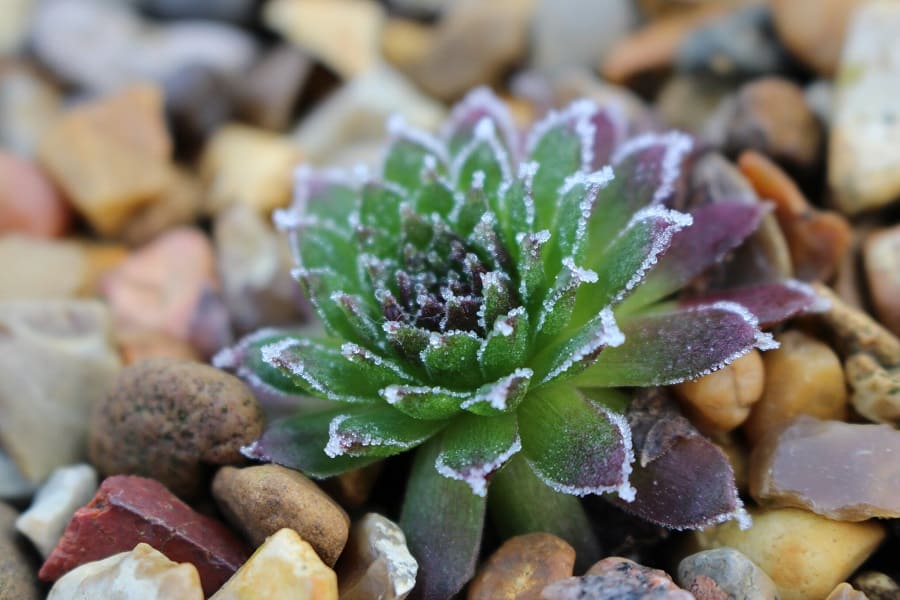
A Colorful Conclusion
While sempervivums and sedums may have their differences, they make a dynamic duo in any succulent garden. Their complementary growth habits, diverse colors, and changing floral displays add depth and texture to your outdoor oasis. So, whether you’re a seasoned succulent pro or a newcomer to this fascinating world, embrace the quirks and charms of these two families – your garden will thank you!
